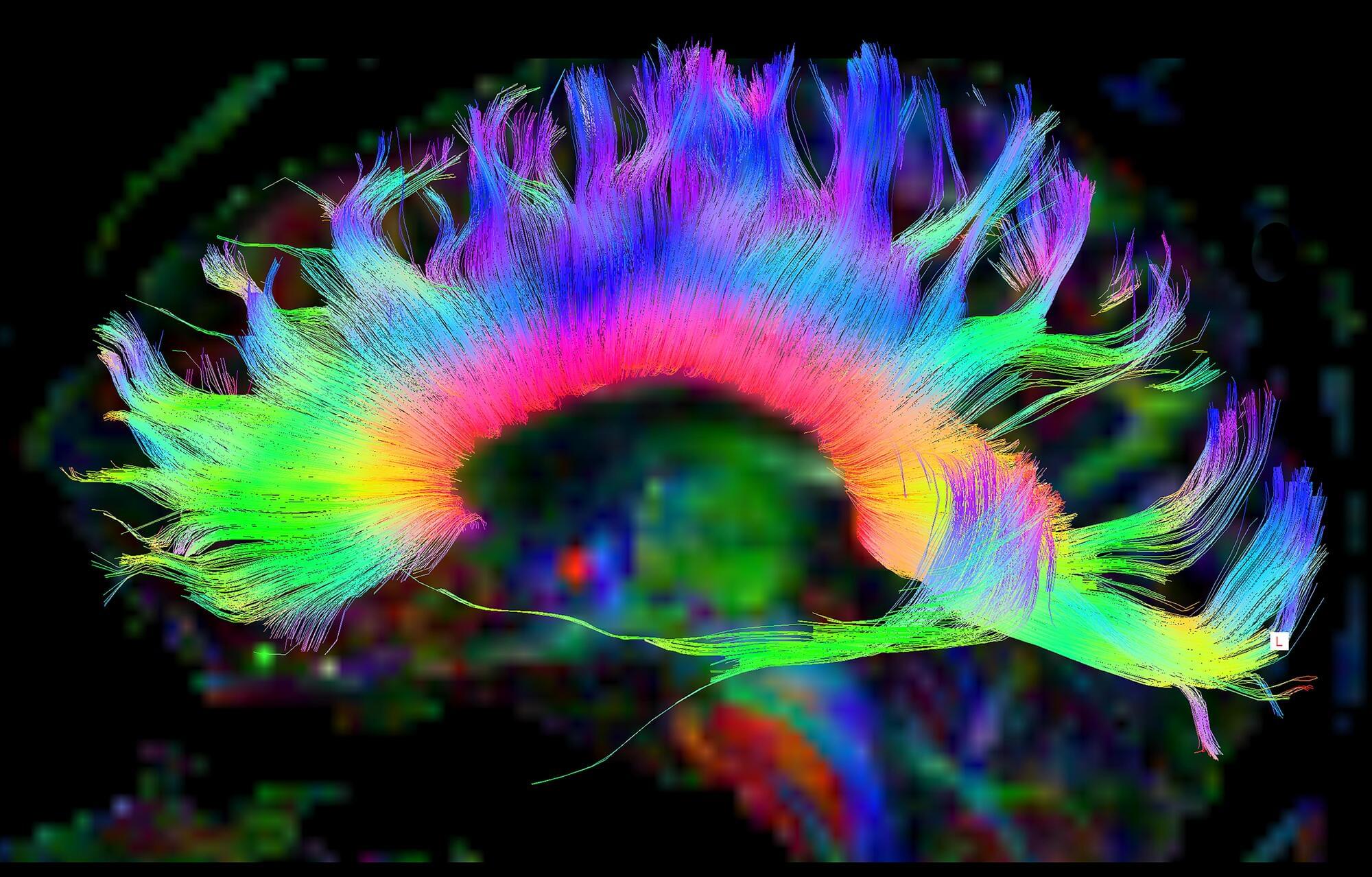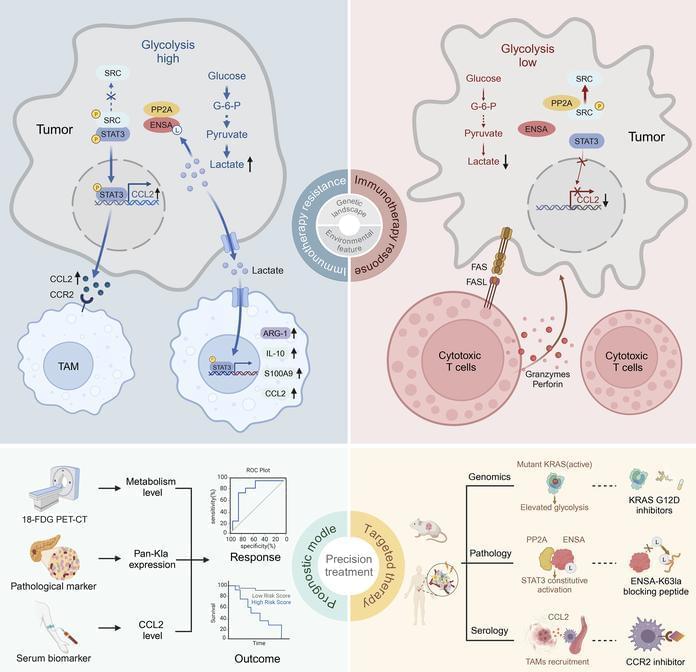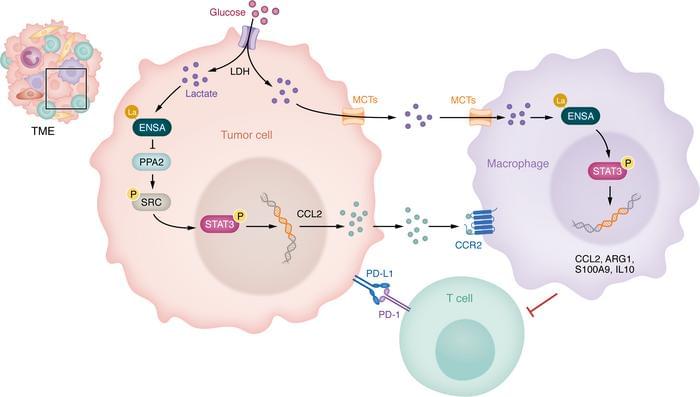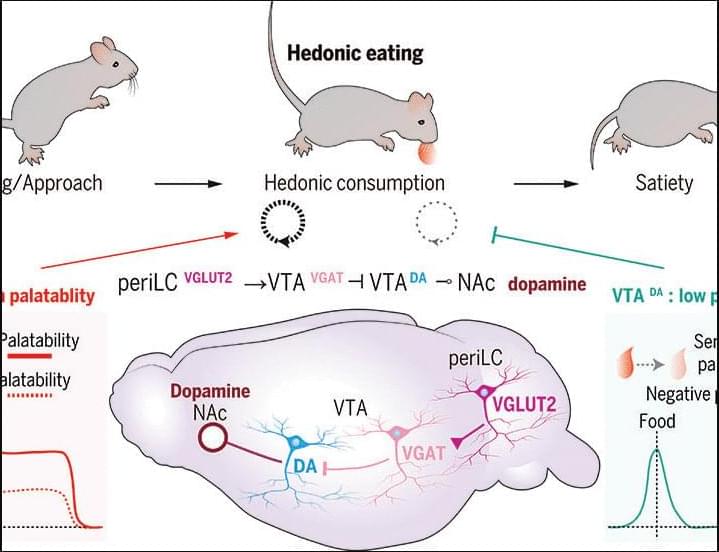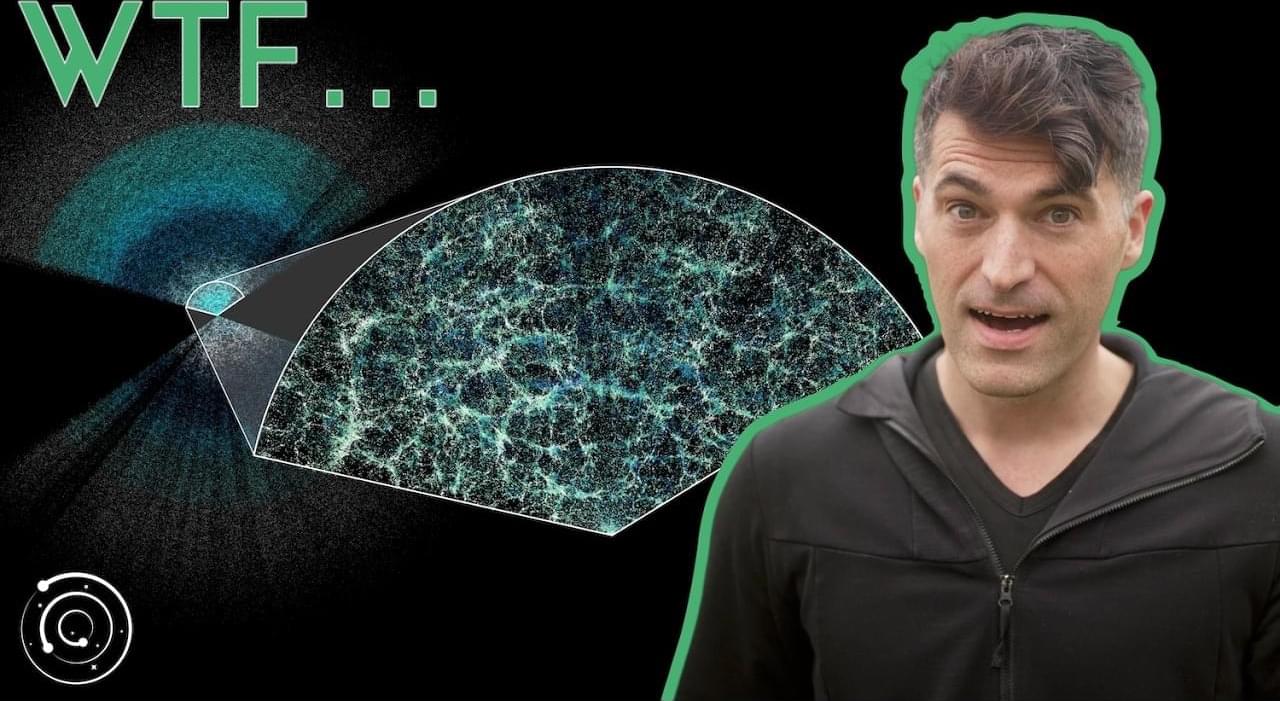Massive study links a child’s social environment to white matter structure
Xueli Bai & team report on the high level of lactate in pancreatic cancer metabolism, which changes tumor immune features by protein lactylation and results in immunotherapy resistance:
The figure shows lactylation labeling of metabolic proteins from paracancerous and tumor tissues.
1Department of Hepatobiliary and Pancreatic Surgery, The First Affiliated Hospital, School of Medicine and.
2Zhejiang Provincial Key Laboratory of Pancreatic Disease, The First Affiliated Hospital, School of Medicine, Zhejiang University, Hangzhou, Zhejiang, China.
3MOE Joint International Research Laboratory of Pancreatic Diseases, Hangzhou, China.
R01 CA203108, R01 CA247234 (to ML), and by the William and Ella Owens Medical Research Foundation (to ML). It was also supported in part by the Department of Medicine, the University of Oklahoma Health Sciences Center.
Address correspondence to: Michael S. Bronze, Department of Medicine, The University of Oklahoma Health Sciences Center, 800 Stanton L. Young Blvd. AAT 6,400, Oklahoma City, Oklahoma, 73,104, USA. Phone: 405.271.5428; Email: [email protected]. Or to: Min Li, Department of Medicine, The University of Oklahoma Health Sciences Center, 975 NE 10th Street, BRC 1262A, Oklahoma City, Oklahoma, 73,104, USA. Phone: 405.271.1796; Email: [email protected].
Hedonic eating is defined as food consumption driven by palatability without physiological need. However, neural control of palatable food intake is poorly understood. We discovered that hedonic eating is controlled by a neural pathway from the peri–locus ceruleus to the ventral tegmental area (VTA). Using photometry-calibrated optogenetics, we found that VTA dopamine (VTADA) neurons encode palatability to bidirectionally regulate hedonic food consumption. VTADA neuron responsiveness was suppressed during food consumption by semaglutide, a glucagon-like peptide receptor 1 (GLP-1R) agonist used as an antiobesity drug. Mice recovered palatable food appetite and VTADA neuron activity during repeated semaglutide treatment, which was reversed by consumption-triggered VTADA neuron inhibition.
Join us on Patreon! https://www.patreon.com/MichaelLustgartenPhD
Discount Links/Affiliates:
Blood testing (where I get the majority of my labs): https://www.ultalabtests.com/partners/michaellustgarten.
At-Home Metabolomics: https://www.iollo.com?ref=michael-lustgarten.
Use Code: CONQUERAGING At Checkout.
Clearly Filtered Water Filter: https://get.aspr.app/SHoPY
Epigenetic, Telomere Testing: https://trudiagnostic.com/?irclickid=U-s3Ii2r7xyIU-LSYLyQdQ6…M0&irgwc=1
Use Code: CONQUERAGING
NAD+ Quantification: https://www.jinfiniti.com/intracellular-nad-test/
Evolving cosmological constant.
Thanks to Storyblocks for sponsoring this video! Download unlimited stock media at one set price with Storyblocks: https://storyblocks.com/CoolWorlds.
The Standard Model of Cosmology has reigned supreme for decades, confirmed over and over again. But chinks in the armour have been developing, such as the Hubble Tension. Now, however, a new result threatens to completely upend our view of the Universe — we no longer even know how it will end.
Written & presented by Prof. David Kipping.
→ Support our research: https://www.coolworldslab.com/support.
Memory, consciousness and the self aren’t what you think they are. Michael Levin joins Vasant Dhar in episode 91 of Brave New World to explain why the distinction between machines and organisms will soon fall apart. Useful resources 1. Michael Levin at Tufts, Wikipedia, Twitter, Google Scholar and The Levin Lab. 2. There’s Plenty of Room Right Here: Biological Systems as Evolved, Overloaded, Multi-scale Machines — Joshua Bondard and Michael Levin. 3. Self-Improvising Memory: A Perspective on Memories as Agential, Dynamically Reinterpreting Cognitive Glue — Michael Levin. 4. The Space Of Possible Minds — Michael Levin. 5. Endless forms most beautiful 2.0 — Wesley Clawson and Michael Levin. 6. My Octopus Teacher — Pippa Ehrlich and James Reed. 7. Pippa Ehrlich on the Mysteries of the Sea — Episode 77 of Brave New World. 8. Turing Patterns. 9. Mark Solms’ theory of consciousness — SelfAwarePatterns. 10. Mark Solms on Consciousness. Check out Vasant Dhar’s newsletter on Substack. Subscription is free!
What do smart bandages, ocean-powered sensors, and quantum biology have in common? They’re all part of Dr. Leonard Tender’s work at DARPA. On the latest episode of Voices from DARPA, he discusses his fascinating research in the Biological Technologies Office and how these innovations are shaping the future of national security.
🌎 Immerse yourself in the futuristic atmospheres of Aethelburg, an imaginary city that evokes the atmospheres of Blade Runner 2049. This video features a static image of a futuristic metropolis, accompanied by my original composition of ambient cyberpunk music. Let yourself be enveloped by the evocative sounds and suggestive images of this city of the future.
Music composed by Paolo Bellucci and produced by Bear Cave Studio, inspired by the atmospheres of Blade Runner 2049, ideal for relaxing, concentrating or simply daydreaming.
🎹 Inspired by Sci-Fi and Fantasy, we use a combination of analog and digital synthesizers to create lush soundscapes and ambient music ideal for escaping reality.
☕️ ISCRIVITI per ascoltare altri suoni come questo! 🎧 Si consigliano le cuffie.
Nota: la musica nei miei video è protetta dalle norme sul copyright di YouTube e dalle leggi sul copyright. Qualsiasi ridistribuzione o riutilizzo non autorizzato dei miei contenuti è proibito.
#OriginalMusic #Cyberpunk #AmbientMusic #FuturisticMusic #CityOfTheFuture #Aethelburg #AmbientMusic #SciFi #ChilloutMusic #CyberpunkAtmospheres #DigitalArt #AmbientVideo #RelaxingMusic #UrbanFuture #MentalJourney\
Get a Wonderful Person Tee: https://teespring.com/stores/whatdamathMore cool designs are on Amazon: https://amzn.to/3QFIrFXAlternatively, PayPal donations ca…
